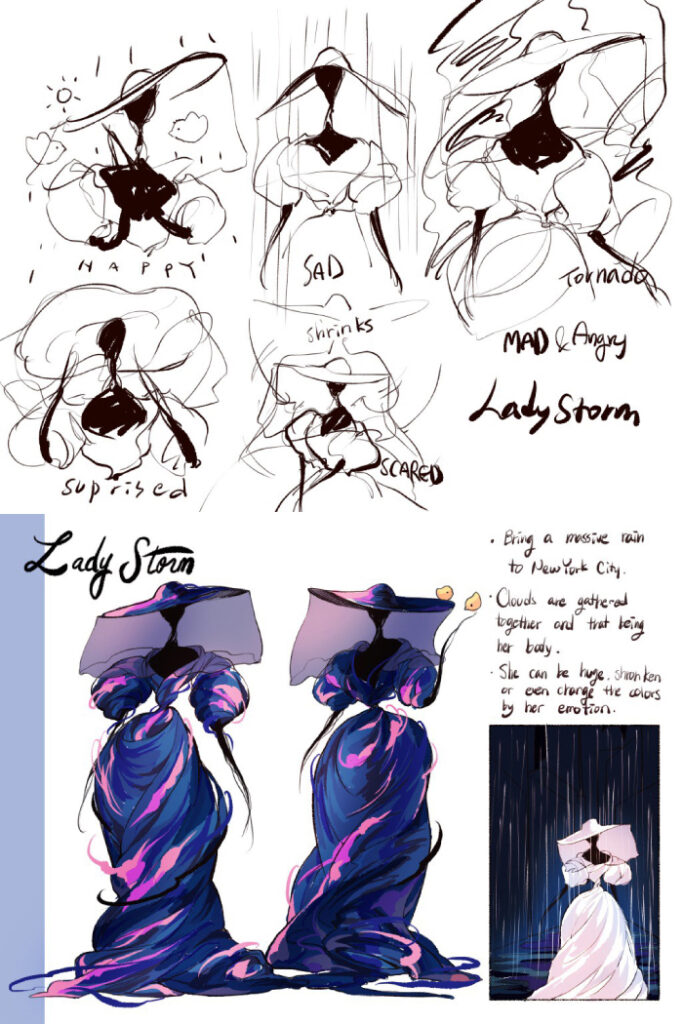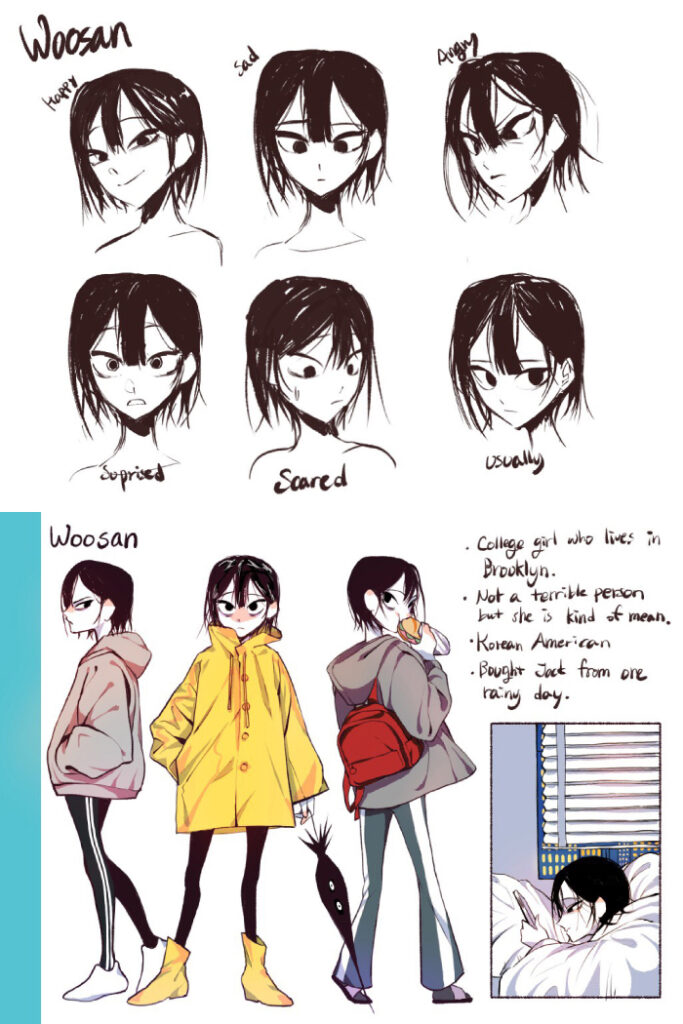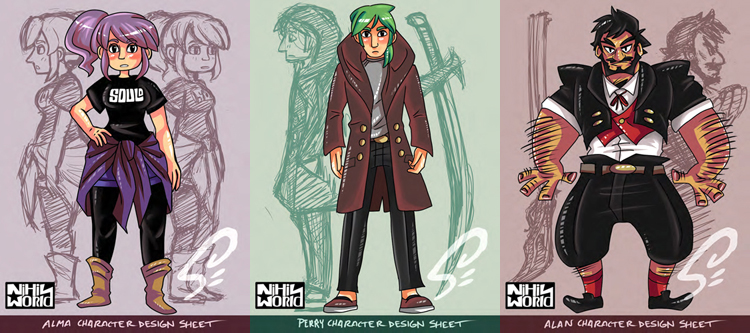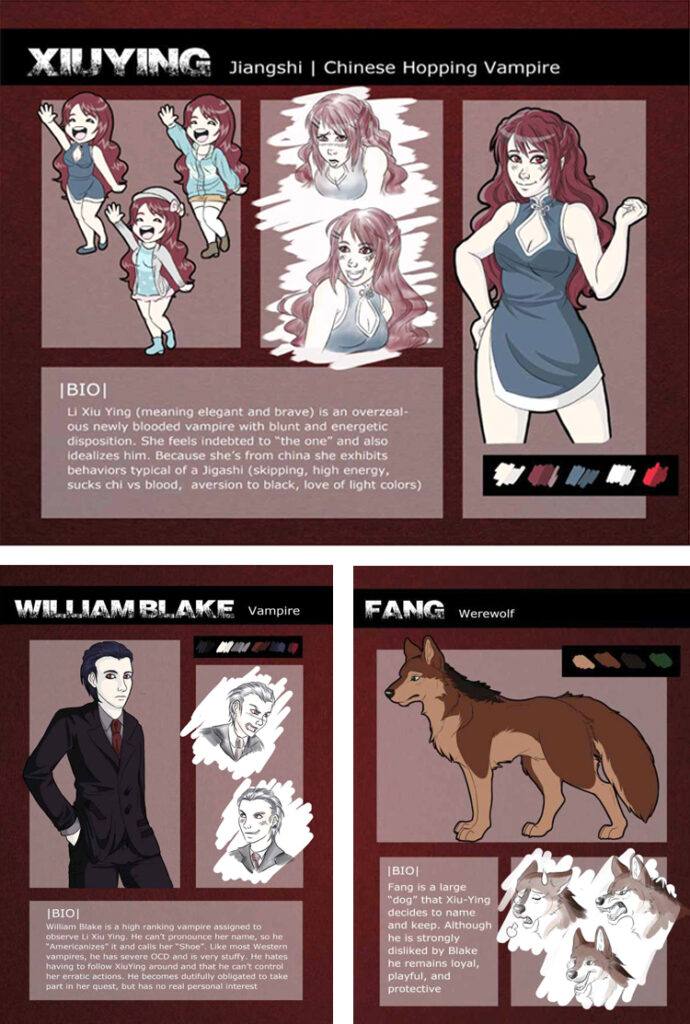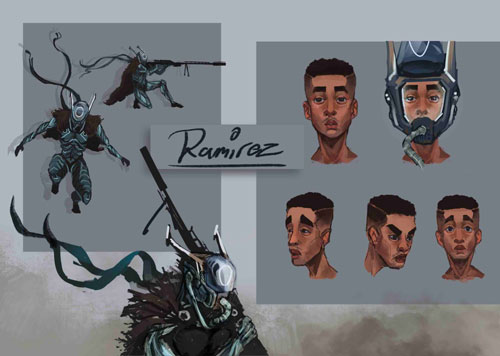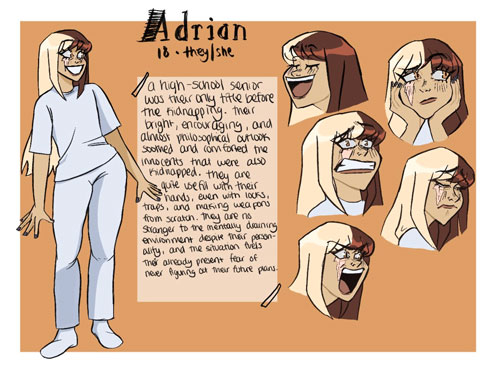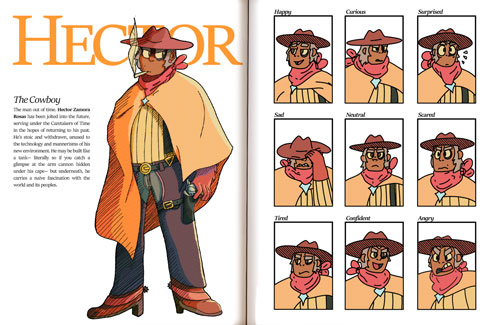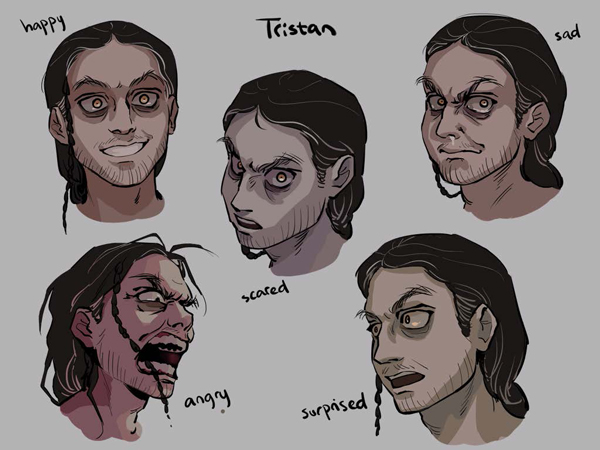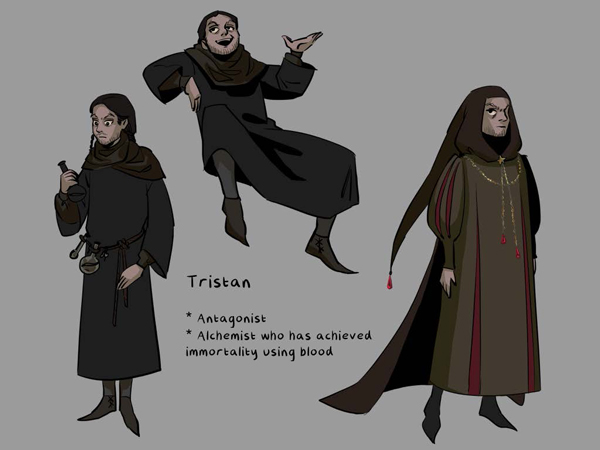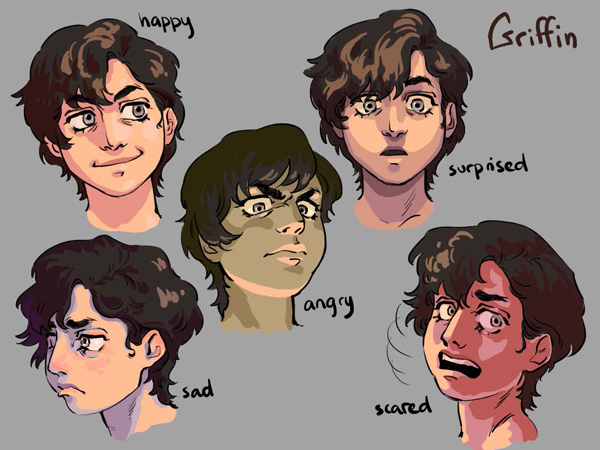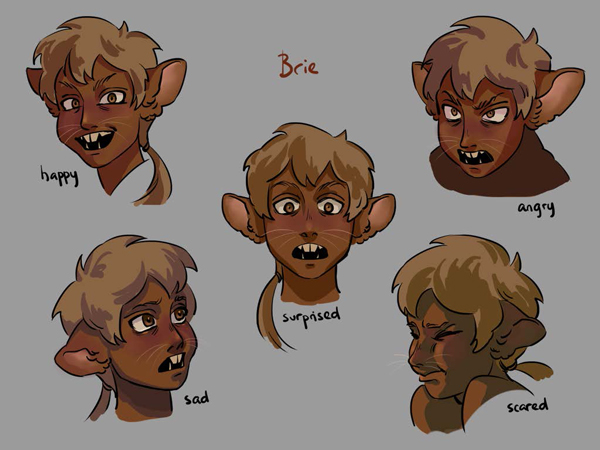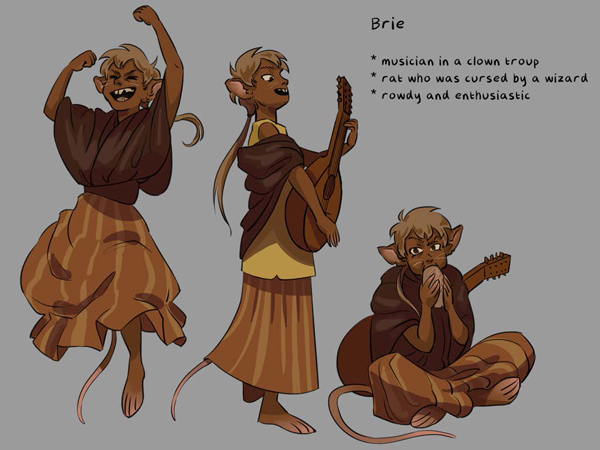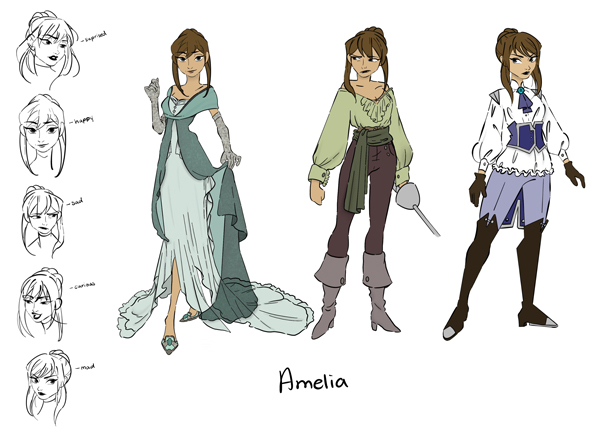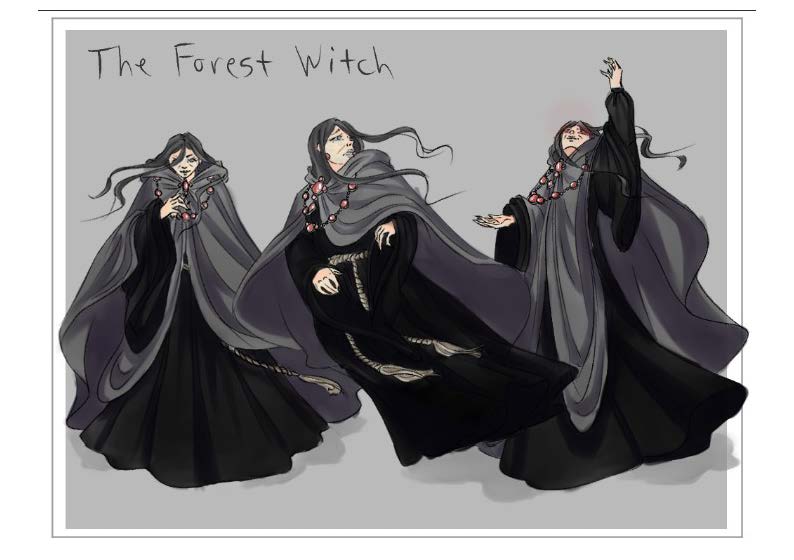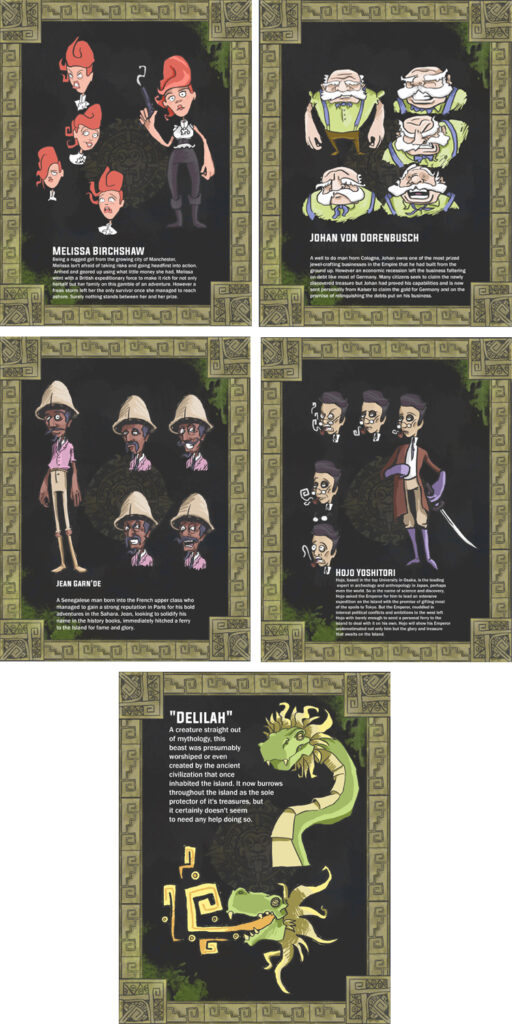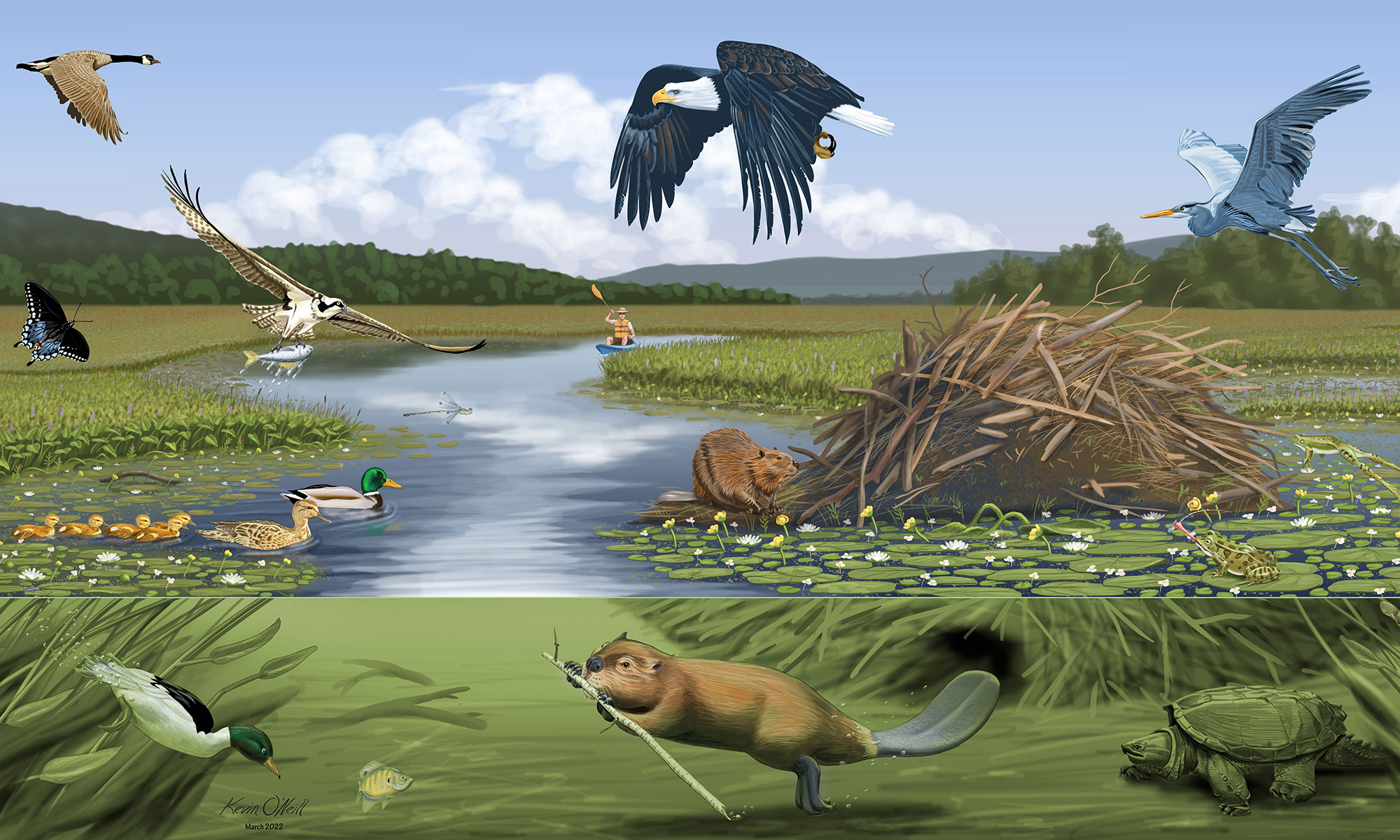Syllabus Projects Class Schedule
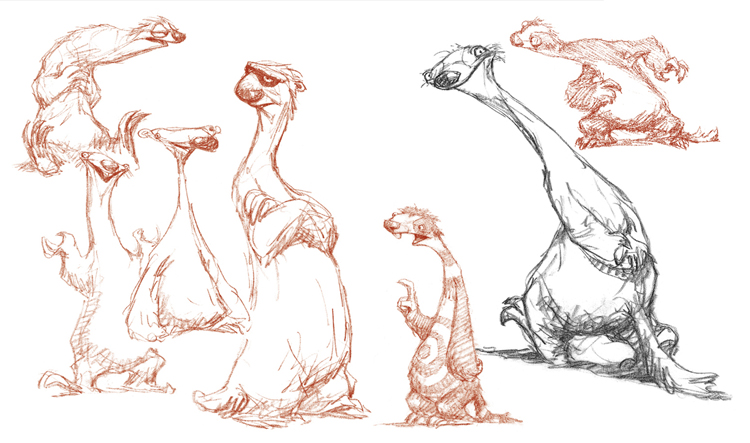
Sid from “Ice Age” by Peter DeSeve
Digital Illustration: Character Design
Develop a protagonist, antagonist and any necessary supporting characters, such as partners, spouses, sidekicks, pets, minions, etc. Remember, in illustration anything is possible, so be creative with your character development.
You may create your own story, or re-imagine an existing story. Fairy tales, mythology and folklore are some possible sources of inspiration.
Show the characters exhibiting a range of emotions (happy, sad, angry, scared, surprised, nervous, thoughtful, confused). In addition to exploring facial expressions, draw the figures in various poses to explore showing emotions with body language (aggressive, defensive, energized, tired, sneaky, etc.)
This stage of the project is the most important, as all of the imagery that follows will use your characters in different situations. We will spend several weeks on character development.
Project Specs
- Fill out the Project Proposal Form explaining your story to accompany your initial sketches. It should briefly describe your idea, your target audience and the style you’re planning to use. ProjectProposalForm
- Keep a time sheet for your project. It can be downloaded here. TimeSheet
- Design between two and six characters.
- Fill out a Character Profile Form for each character describing them physically and psychologically. Are they human, animal or something else? Are they tall, short, thin, heavy, athletic, etc. What is their gender and ethnicity? Are they good or bad, brave or cowardly, smart or dumb, outgoing or introverted? Include anything that provides insight into the character. CharacterProfileForm
- Create at least 5 finished, color drawings of each character’s face exploring a range of emotions and poses. Include, as a minimum: happy, sad, angry, surprised and scared. Other emotions to consider are curious, tired, excited, thoughtful, dazed and confused. Be sure to consider the lighting and color palette for each emotion.
- Create at least 3 finished, color, full-body drawings of each character exploring a range of poses. Consider running, fighting, tired, scared or any other emotions that fit the character.
- The illustrations need to be RGB.
- The file sizes should be 8″x 10″ at 300ppi. You can combine all the emotion illustrations for each character on one canvas and all the full figures on another.
- Include the characters name and other pertinent information on the illustrations. Each canvas should be designed for professional presentation.
- All finished art must be done digitally. Preliminary sketches can be done with traditional media and then scanned or photographed. You can use Illustrator, Photoshop, Sketchbook, ProCreate or another professional grade drawing app. Just be sure the app you use is capable of saving files in multiple formats (psd, jpg, pdf, etc.) that can be used for professional print and screen platforms.
- Put a screen-resolution PDF of the finished project, including your time sheet, in the shared Google folder for this project.
- Name file: lastName1stInitialCharacters
Illustrator links:
